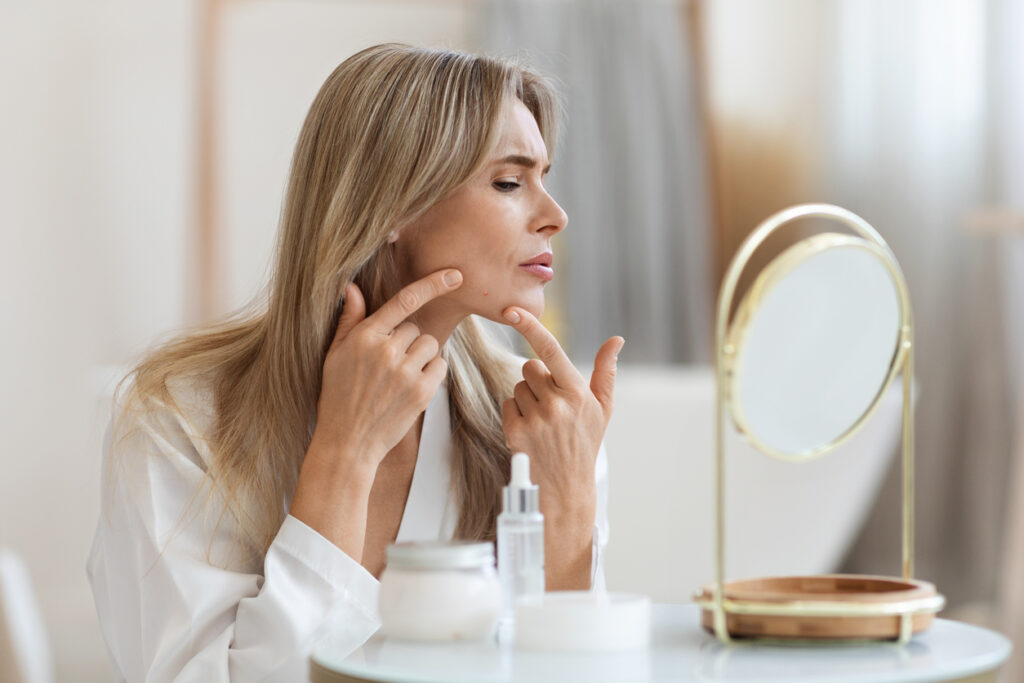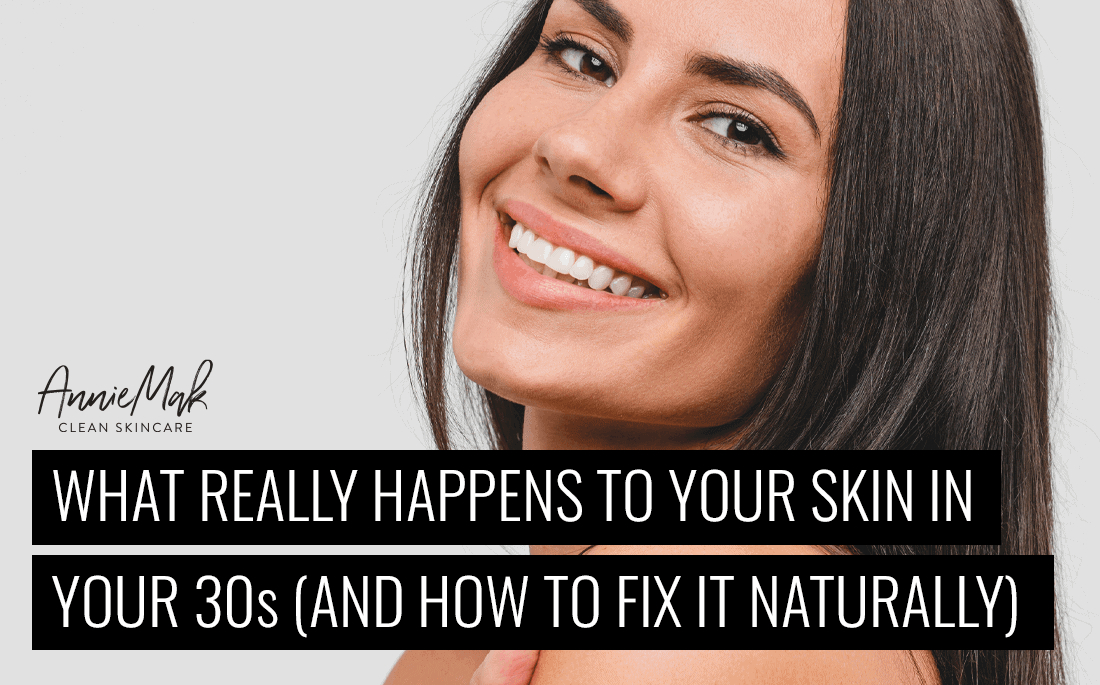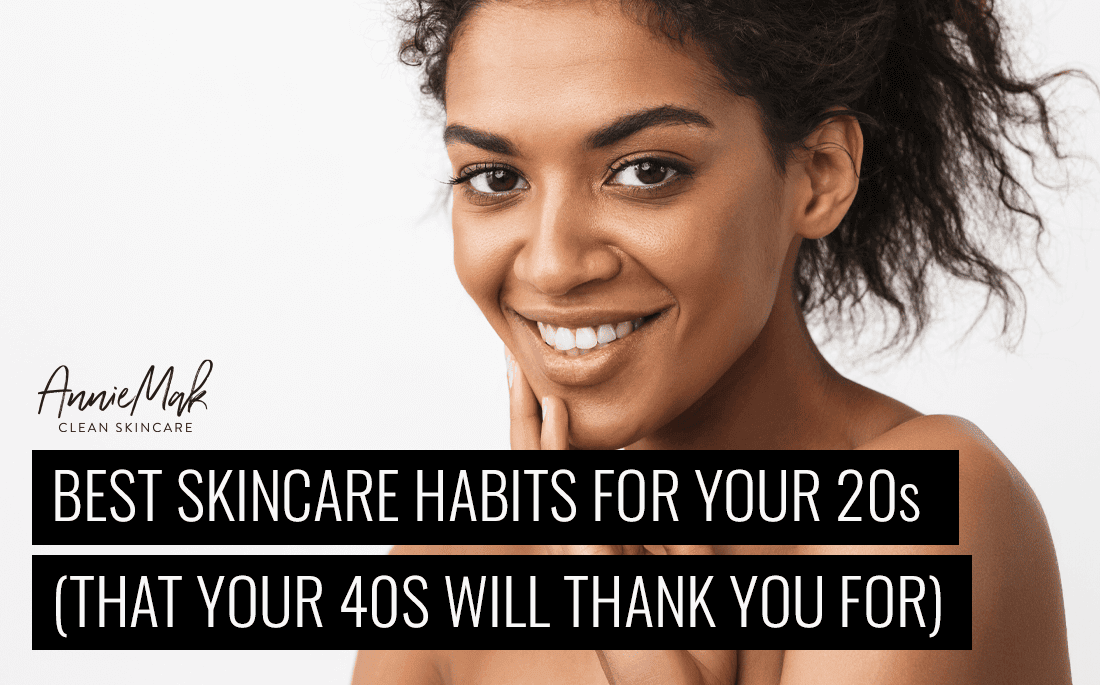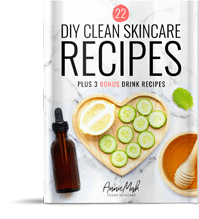Many of us have heard the buzz around Vitamin C and its touted skin benefits, from boosting collagen to brightening complexions. Does vitamin C make skin worse before it gets better? Embarking on a skincare adventure filled with optimism, many wonder if their initial struggles signify a brighter future ahead. Let’s dive deep into understanding how Vitamin C works beneath your skin’s surface, tackling topics like purging versus breakouts and tailoring your routine to fit your unique skin type.
By integrating this robust component into your skincare ritual, you’ll gain a more refined understanding of its potential impacts. We aim to equip you with knowledge about managing oily or acne-prone conditions while benefiting from Vitamin C’s glow-giving properties.
Understanding Vitamin C’s Role in Skin Health
The Science Behind Vitamin C and Collagen Production
Vitamin C transcends being merely a trendy term in the realm of skincare, standing out as a crucial component renowned for its significant influence on the creation of collagen. Collagen, this vital protein, maintains our skin’s elasticity, fullness, and ageless appearance. But how does vitamin C pull off this magic trick? Vitamin C plays the role of an assistant for certain enzymes, making sure they can toughen and interlink collagen strands to fortify our skin’s defense layer.
By promoting collagen formation, vitamin C helps maintain skin elasticity and reduces the appearance of fine lines. Think of it as giving your skin cells a pep talk, encouraging them to keep up the good work. Eager to preserve your skin’s radiance and firmness, adding Vitamin C to your beauty regimen might just revolutionize the way you care for your appearance.
How Vitamin C Brightens Your Complexion
Apart from its healthy-aging benefits, vitamin C is also celebrated for its ability to brighten dull complexions. It targets pesky pigmentation issues like sun spots by inhibiting an enzyme called tyrosinase which is involved in melanin production – that’s the pigment responsible for dark spots on your face.
Besides reducing unwanted pigmentation, vitamin C works wonders at improving overall skin texture, making it appear more radiant than ever before. Its antioxidant properties help fend off damage from free radicals (nasty little molecules that wreak havoc on healthy cells), which means less chance of developing new discolorations while healing existing ones faster thanks to improved wound healing capabilities.
If brighter skin is what you’re after without resorting to harsh chemical peels or treatments, vitamin C might just be the gentle yet effective solution you need.
Identifying Purging vs. Breakouts with Vitamin C Use
Renowned for its skin-enlightening and collagen-enhancing properties, Vitamin C stands as a titan in the realm of skincare. But when you first start using it, things might get worse before they get better.
Grasping the distinction between your skin’s purging phase and regular acne flare-ups is essential in this context. Purging happens because vitamin C increases skin cell turnover, pushing dead cells faster to the surface where they can be shed. As this cycle unveils more vibrant, rejuvenated skin layers, it simultaneously exposes underlying acne blemishes that were previously unseen.

In contrast, breakouts from new skincare products could mean your skin is reacting negatively – maybe clogging pores or triggering allergic reactions rather than accelerating renewal processes like purging does.
The Science Behind Skin Cell Turnover
Skin cell turnover refers to how quickly our bodies replace dead skins with fresh ones—a key component of clear and youthful-looking complexions. Active ingredients like l-ascorbic acid in vitamin C serums work by promoting this cellular turnover which may initially lead to what’s known as ‘purge pimples’.
Purges are temporary; lasting up to two months according to experts at Mount Sinai Hospital. They’re an indication that the product is effectively enhancing your complexion on a cellular level—think of it as spring cleaning for your face.
Distinguishing Factors Between Purging and Acne Breakout
If you notice blemishes popping up in areas where you usually don’t have acne-prone issues or if these last longer than eight weeks—you might be dealing with breakouts rather than purges. What causes purging can help clarify this distinction further, so you know exactly what steps to take next in caring for your skin.
Important Takeaway:
Vitamin C can initially worsen skin, causing purges that reveal fresher layers or breakouts from
reactions. Know the difference: purging is temporary and a sign of effective treatment, while prolonged
issues signal a negative reaction. Recognizing these signs helps you make informed skincare choices.
Tailoring Your Skincare Routine with Vitamin C
Vitamin C is a powerhouse skincare ingredient, but its benefits and application can vary widely depending on your skin type. Grasping the art of weaving this robust antioxidant into your daily skincare ritual demands some savvy.
Managing Oily Skin When Using Vitamin C
Renowned for its skin-enhancing prowess, Vitamin C not only illuminates the complexion but also elevates collagen synthesis. But, it’s not uncommon to hear concerns about increased oil production when incorporating vitamin C into an oily skincare routine.
To tackle this challenge head-on, blending vitamin A (retinol) with your vitamin C regimen can be a game-changer. Retinol works wonders in controlling oiliness by regulating the oil glands. So while you’re getting all that glow from Vitamin C, retinol ensures things don’t get too slick on the surface.
The Impact of Active Ingredients on Acne-Prone Skin
Navigating acne-prone skin through the introduction of new active ingredients like benzoyl peroxide or salicylic acid alongside vitamin C requires patience and precision. These actives have their own roles in combating acne—benzoyl peroxide kills bacteria causing breakouts while salicylic acid helps unclog pores—but introducing too many at once may overwhelm your skin.
Delving into the skincare labyrinth, it’s pivotal to grasp how key substances such as benzoyl peroxide and salicylic acid play a significant role in managing acne-afflicted complexions. Far from being mere jargon, these elements play a pivotal role in our ongoing struggle to conquer pimples.
To avoid turning purging into prolonged breakouts, introduce one product at a time and monitor how your skin responds over several weeks. It’s worth noting that initial purges should show signs of improvement within six weeks; if they don’t, consulting with a professional might be necessary.
Important Takeaway:
Vitamin C can work wonders for your skin, but the key is knowing how to use it right. For oily skin, mixing it with vitamin A helps control shine. And if you’re dealing with acne, ease into new products slowly to avoid overwhelming your skin.
Combining Vitamin A with Vitamin C for Oil Control
If you’re navigating the tricky waters of oily skin while trying to reap the rewards of vitamin C, there’s a strategy that might just be your saving grace. Merging vitamin A (retinol) into your routine can counteract potential increases in oiliness due to vitamin C use. Harnessing the power of both, not merely do they regulate sebum output but also amplify cell renewal for a more radiant and robust complexion.
Oily-skinned folks often worry about adding serums into their routine out of fear it’ll turn them into an oil slick by noon. However, when used correctly, AnnieMak Restore Vitamin C Serum manages to deliver all the glow without exacerbating grease.
Maximize the Synergy of The Two
Incorporating both vitamins into your skincare lineup doesn’t have to be complex. Starting with a vitamin-C serum in the morning provides antioxidant protection against free radicals and environmental aggressors throughout the day. At night, applying a retinol product helps increase cell turnover and reduce oil production while you sleep.
The synergy between these two ingredients isn’t just good news; it’s great news. Together they enhance each other’s effects—Vitamin A stabilizes vitamin C formulations making them last longer while also ensuring that those prone to oily skin won’t have their condition exacerbated by using products meant to improve their complexion.
However, remember every skin type is unique. While some may see immediate improvements in their oil balance and overall texture after combining these vitamins, others might need time or adjustments in concentration levels of either ingredient based on how sensitive or resilient their skin is towards active ingredients. Actives like glycolic acid found alongside L-ascorbic acid—the most potent form of Vitamin C— are found in many serums designed for brighter healthier-looking skin without clogging pores or increasing acne breakouts due to excessive sebum (oil) build-up under the epidermis layer where new cells generate faster than dead ones shed naturally off one’s face over time leading up till now.
Important Takeaway:
Mixing vitamin A with your vitamin C skincare can cut down on oiliness, giving you that sought-after
glow without the grease. Start with a vitamin-C serum by day and a retinol product at night for
balanced, brighter skin.
Interplay Between Benzoyl Peroxide, Salicylic Acid, and Vitamin C
Benzoyl peroxide is a powerhouse at killing acne-causing bacteria, while salicylic acid excels in unclogging pores by dissolving dead skin cells. But when we introduce vitamin C into the mix—known for its brightening properties and ability to promote collagen production—the dynamics change. Vitamin C can enhance skin texture but may also lead to an adjustment period known as purging where increased cell turnover brings underlying blemishes to the surface before improvement occurs.
Purging with vitamin C use should be temporary—a phenomenon that lasts up to two months according to most dermatologists. It’s important not to confuse this with new acne breakouts which could signal an allergic reaction or product misuse.
Tailoring Treatment for Acne-Prone Skin Using Active Ingredients
Crafting a skincare routine with these potent components demands thoughtful deliberation to maintain harmony. Start slow with products containing benzoyl peroxide or salicylic acid if you have sensitive or newly treated skin. Incorporating a vitamin C serum into your skincare routine could significantly enhance your battle against dark spots and scarring from past inflammation, provided it’s applied judiciously to avoid exacerbating current skin issues.
If you find your oil production increases after starting vitamin C treatment—an effect some experience—it might help integrate products designed for oily skin types into your routine. Consultation with a board-certified dermatologist can offer personalized advice based on specific concerns.
Incorporating such potent actives demands patience and attentiveness towards how your skin reacts over time.
Important Takeaway:
Understanding how benzoyl peroxide, salicylic acid, and vitamin C affect acne-prone skin is key. Start
slow and consult a dermatologist to create a balanced skincare routine that fights breakouts without
causing irritation.
Navigating Initial Breakouts with New Skincare Products
Introducing new skincare products, especially those containing active ingredients like vitamin C, can sometimes lead to initial breakouts. Frequently, this occurrence is dubbed as purging, a process where the skin undergoes a phase of adjustment. Grasping the distinction between purging and breakouts, whether they stem from pores jammed up or an adverse reaction to something, is vital.
Purging happens because active ingredients increase skin cell turnover. This means your skin is shedding dead cells faster than usual, which can temporarily make acne worse before it gets better. Vitamin C, known for its brightening properties and ability to improve collagen synthesis, can be a common culprit of this due to its potent nature.
But how do you tell if your skin is just adjusting or reacting negatively? Purges should show signs of improvement within six weeks; whereas true breakouts from clogging pores will persist longer without showing much progress.
Tailoring Your Skincare Routine with Vitamin C
Finding the right balance when introducing vitamin C into your routine depends largely on your specific skin type and concerns. A serum might work wonders for one person but cause issues for another because everyone’s skin responds differently to active ingredients.
If you’re dealing with oily skin, integrating vitamin A alongside vitamin C could help manage oil production more effectively than using either alone.
Last but not least, remember that consistency is key when testing any new product—give it time while closely monitoring how your skin reacts over several weeks.
FAQs in Relation to Does Vitamin C Make Skin Worse Before it Gets Better?
Vitamin C can cause initial irritation, but this usually improves as your skin adjusts.
Purging from vitamin C typically wraps up in four to six weeks. Hang tight.
Your skin might be adjusting or reacting to the potent active ingredient in Vitamin C.
Skin adjustment periods vary, but most folks see improvement within a month’s use of Vitamin C.
Wrapping It Up!
So, does vitamin C make skin worse before it gets better? Diving into the adventure of adding Vitamin C to your skincare regimen unveils a transformative path. Grasping the essentials involves recognizing how purging diverges from breakouts, customizing your skincare approach to suit your individual skin needs, and effectively handling oily or acne-prone skin scenarios.
Remember: Purging is a sign of progress; it means faster cell turnover. Brighter complexion comes from consistent use over time. Every skin type can benefit from this powerful antioxidant with proper guidance.
Your path to glowing skin might have some bumps along the way. But equipped with knowledge on how to navigate these challenges, you’re set for success.
If brighter, healthier-looking skin is your goal—patience and persistence are key. Harness the power of Vitamin C for your skin, keeping in mind its early impact on your appearance.










Leave a Reply